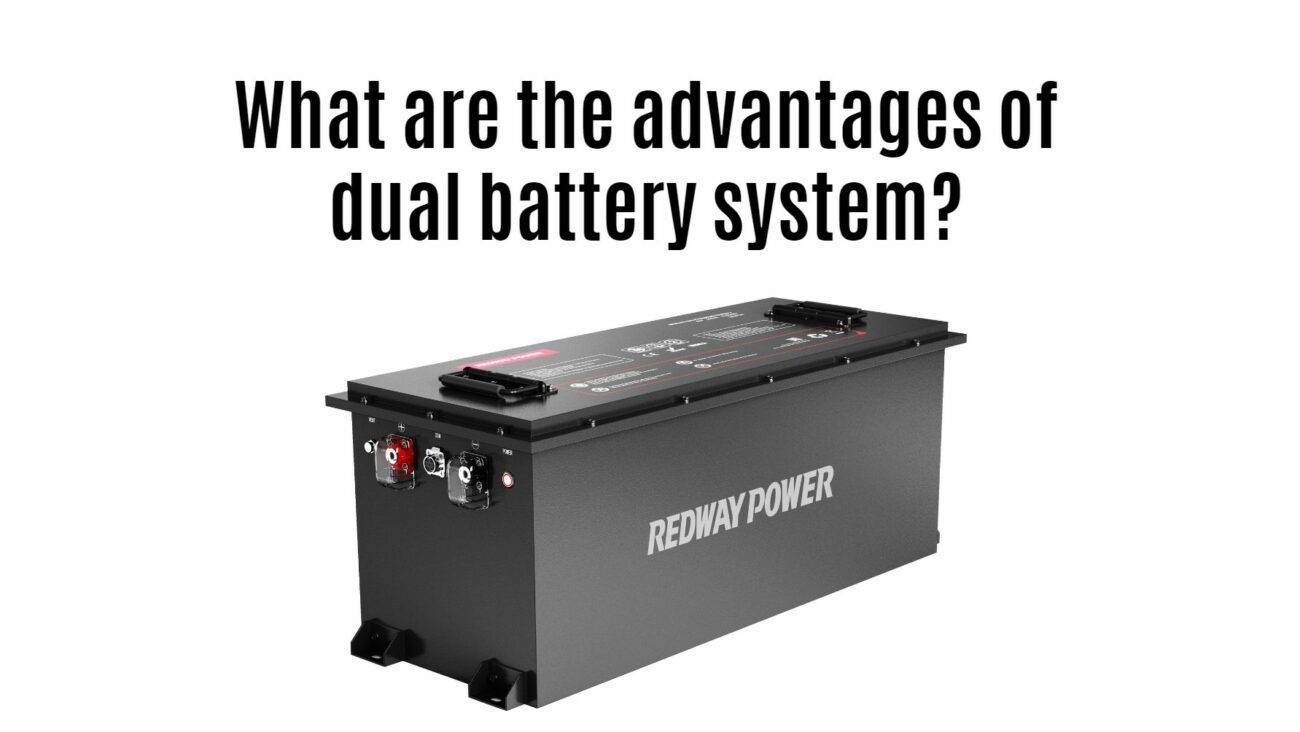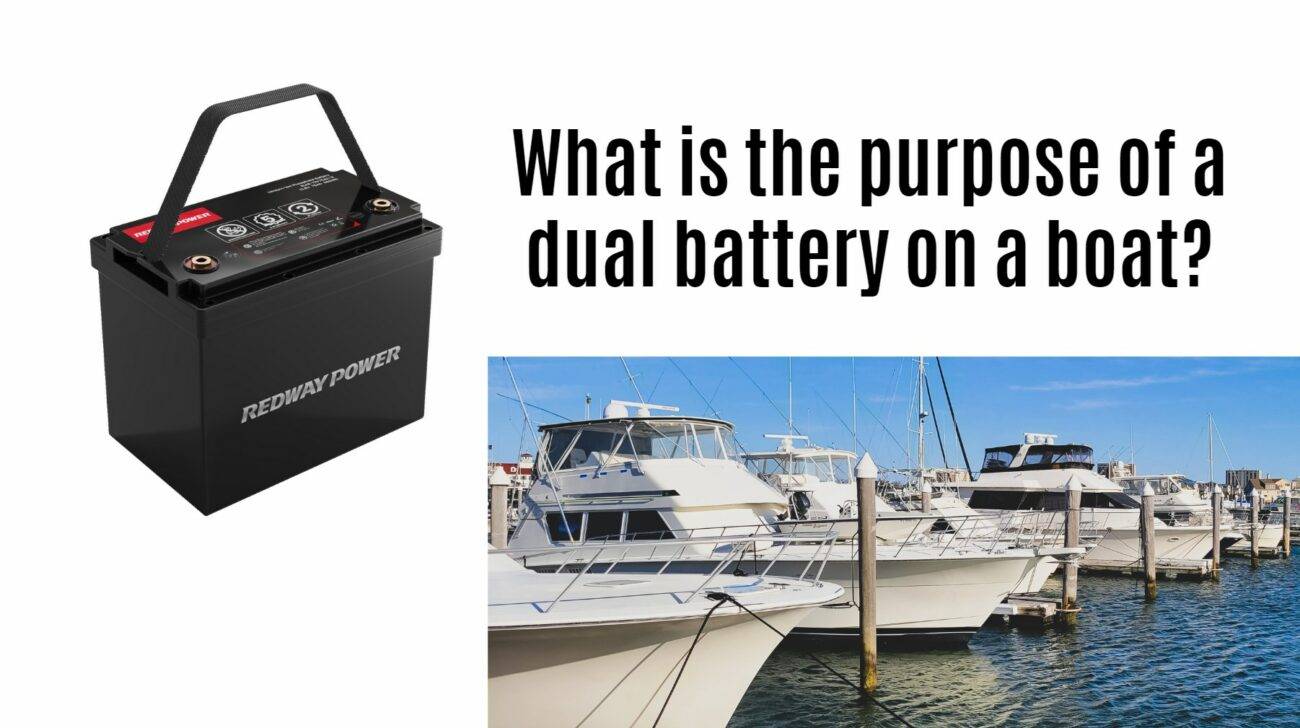- Lithium Golf Cart Battery
- Forklift Lithium Battery
-
48V
- 48V 210Ah
- 48V 300Ah
- 48V 420Ah (949 x 349 x 569 mm)
- 48V 420Ah (950 x 421 x 450 mm)
- 48V 456Ah
- 48V 460Ah (830 x 630 x 590 mm)
- 48V 460Ah (950 x 421 x 450 mm)
- 48V 460Ah (800 x 630 x 600 mm)
- 48V 460Ah (820 x 660 x 470 mm)
- 48V 500Ah
- 48V 560Ah (810 x 630 x 600 mm)
- 48V 560Ah (950 x 592 x 450 mm)
- 48V 600Ah
- 48V 630Ah
-
48V
- 12V Lithium Battery
12V 150Ah Lithium RV Battery
Bluetooth App | BCI Group 31
LiFePO4 Lithium
Discharge Temperature -20°C ~ 65°C
Fast Charger 14.6V 50A
Solar MPPT Charging - 24V Lithium Battery
- 36V Lithium Battery
- 48V Lithium Battery
-
48V LiFePO4 Battery
- 48V 50Ah
- 48V 50Ah (for Golf Carts)
- 48V 60Ah (8D)
- 48V 100Ah (8D)
- 48V 100Ah
- 48V 100Ah (Discharge 100A for Golf Carts)
- 48V 100Ah (Discharge 150A for Golf Carts)
- 48V 100Ah (Discharge 200A for Golf Carts)
- 48V 150Ah (for Golf Carts)
- 48V 160Ah (Discharge 100A for Golf Carts)
- 48V 160Ah (Discharge 160A for Golf Carts)
-
48V LiFePO4 Battery
- 60V Lithium Battery
-
60V LiFePO4 Battery
- 60V 20Ah
- 60V 30Ah
- 60V 50Ah
- 60V 50Ah (Small Size / Side Terminal)
- 60V 100Ah (for Electric Motocycle, Electric Scooter, LSV, AGV)
- 60V 100Ah (for Forklift, AGV, Electric Scooter, Sweeper)
- 60V 150Ah (E-Motocycle / E-Scooter / E-Tricycle / Tour LSV)
- 60V 200Ah (for Forklift, AGV, Electric Scooter, Sweeper)
-
60V LiFePO4 Battery
- 72V~96V Lithium Battery
- Rack-mounted Lithium Battery
- E-Bike Battery
- All-in-One Home-ESS
- Wall-mount Battery ESS
-
Home-ESS Lithium Battery PowerWall
- 24V 100Ah 2.4kWh PW24100-S PowerWall
- 48V 50Ah 2.4kWh PW4850-S PowerWall
- 48V 50Ah 2.56kWh PW5150-S PowerWall
- 48V 100Ah 5.12kWh PW51100-F PowerWall (IP65)
- 48V 100Ah 5.12kWh PW51100-S PowerWall
- 48V 100Ah 5.12kWh PW51100-H PowerWall
- 48V 200Ah 10kWh PW51200-H PowerWall
- 48V 300Ah 15kWh PW51300-H PowerWall
PowerWall 51.2V 100Ah LiFePO4 Lithium Battery
Highly popular in Asia and Eastern Europe.
CE Certification | Home-ESS -
Home-ESS Lithium Battery PowerWall
- Portable Power Stations
What Battery Is Best for Dual Battery Systems?

Choosing the right battery for a dual battery system is crucial for ensuring reliable power supply and performance. The best options typically include both lead-acid and lithium batteries, each offering distinct advantages. This guide explores the types of batteries suitable for dual setups, their benefits, and key considerations to help you make an informed decision.
What are dual battery systems and how do they work?
A dual battery system consists of two batteries connected together to provide reliable power for various applications, such as RVs, boats, and off-grid setups. One battery is usually designated as the starting battery, while the other serves as a deep-cycle or auxiliary battery. This configuration allows vehicles to run accessories without draining the starting battery, ensuring reliable engine starts.Chart: Overview of Dual Battery System Components
| Component | Description |
|---|---|
| Starting Battery | Provides power to start the engine |
| Auxiliary Battery | Powers accessories and electronics |
| Battery Isolator | Prevents discharge of the starting battery |
Why choose a dual battery setup for your vehicle?
A dual battery setup offers several advantages:
- Increased Power Availability: Allows for more devices to be powered without risking engine start failure.
- Extended Runtime: Deep-cycle batteries provide sustained power over longer periods.
- Improved Reliability: Reduces the risk of being stranded due to a dead starting battery.
Chart: Benefits of Dual Battery Systems
| Benefit | Description |
|---|---|
| Increased Power | More devices can be powered simultaneously |
| Extended Runtime | Longer operation times for accessories |
| Improved Reliability | Reduces risk of engine start failure |
What types of batteries are suitable for dual battery systems?
The most common types of batteries used in dual systems include:
- Lead-Acid Batteries: Affordable and widely available, suitable for many applications.
- AGM (Absorbent Glass Mat) Batteries: A type of lead-acid that offers better performance and is maintenance-free.
- Lithium Batteries: Lightweight with longer lifespans and faster charging capabilities.
Chart: Comparison of Battery Types
| Battery Type | Advantages | Disadvantages |
|---|---|---|
| Lead-Acid | Cost-effective; reliable | Heavier; shorter lifespan |
| AGM | Maintenance-free; better performance | Higher cost than standard lead-acid |
| Lithium | Lightweight; long lifespan; fast charging | Higher initial investment |
How do you connect batteries in a dual battery setup?
Connecting batteries in a dual setup typically involves:
- Using a Battery Isolator: This device ensures that both batteries charge from the alternator while preventing the auxiliary battery from discharging the starting battery.
- Wiring Configuration: Connect the positive terminal of each battery to the isolator and then connect the isolator to the vehicle’s electrical system.
- Grounding: Ensure that both batteries are properly grounded.
Chart: Connection Steps Overview
| Step | Description |
|---|---|
| Use Isolator | Connect both batteries through an isolator |
| Wiring | Properly wire positive terminals |
| Grounding | Ensure proper grounding for both batteries |
What are the key considerations for choosing a dual battery?
When selecting a dual battery system, consider:
- Capacity Requirements: Determine how much power you need based on your devices.
- Battery Type: Choose between lead-acid or lithium based on your budget and performance needs.
- Space Availability: Ensure that there is enough space in your vehicle to accommodate both batteries.
How do lithium batteries compare to lead-acid in dual systems?
Lithium batteries generally offer several advantages over lead-acid:
- Weight: Lithium batteries are significantly lighter, making them easier to handle and install.
- Cycle Life: They typically have a longer cycle life (up to 2000 cycles) compared to lead-acid (300-500 cycles).
- Discharge Depth: Lithium can be discharged more deeply without damage, providing more usable capacity.
Chart: Lithium vs. Lead-Acid Comparison
| Feature | Lithium Batteries | Lead-Acid |
|---|---|---|
| Weight | Lighter | Heavier |
| Cycle Life | Up to 2000 cycles | 300-500 cycles |
| Usable Capacity | Higher due to deeper discharge capabilities | Limited by shallow discharge |
What are the advantages of using lithium batteries in dual setups?
Lithium batteries provide numerous benefits:
- Faster Charging Times: They can recharge significantly faster than lead-acid options.
- Longer Lifespan: With proper care, they can last much longer than traditional batteries.
- Higher Efficiency: Lithium batteries have lower self-discharge rates, maintaining their charge longer.
How can you optimize your dual battery system for performance?
To maximize performance:
- Use Quality Components: Invest in high-quality isolators and wiring.
- Regular Maintenance: Check connections regularly and ensure terminals are clean.
- Monitor Performance: Use monitoring systems to keep track of voltage levels and overall health.
What is the role of battery management in dual systems?
Battery management ensures that both batteries operate efficiently:
- Voltage Monitoring: Keeps track of each battery’s voltage levels to prevent overcharging or deep discharging.
- Balancing Charge Levels: Ensures that both batteries charge evenly, extending their lifespan.
- Safety Features: Protects against potential hazards like overheating or short circuits.
How do you maintain a dual battery setup effectively?
Effective maintenance includes:
- Regular Inspections: Check connections, cables, and terminals frequently.
- Cleaning Terminals: Keep terminals free from corrosion or dirt.
- Testing Voltage Levels: Periodically test voltage levels to ensure optimal performance.
What are common issues with dual battery systems and how can they be resolved?
Common issues include:
- Imbalanced Charge Levels: Can be resolved by using a quality BMS or isolator that balances charging.
- Corrosion on Terminals: Regular cleaning can prevent this issue from affecting performance.
- Battery Failure: Regular testing helps identify failing cells before they impact overall performance.
Why is proper sizing important for dual batteries?
Proper sizing ensures that each component functions optimally without strain:
- Capacity Matching: Ensures that both batteries can handle the load without overworking one another.
- Space Constraints: Proper sizing allows for efficient use of available space within your vehicle or application.
Industrial News
The market for auxiliary and dual-battery systems is evolving rapidly as more consumers seek reliable power solutions for recreational vehicles, marine applications, and off-grid living. Recent advancements focus on enhancing lithium technology’s efficiency and reducing costs associated with these high-performance energy solutions, leading to increased adoption across various sectors.
Redway Power Insights
“Choosing the right type of battery for your dual system can significantly impact performance,” states an industry expert. “While lithium offers many advantages, understanding your specific needs will help you make an informed decision that balances cost with reliability.”
















